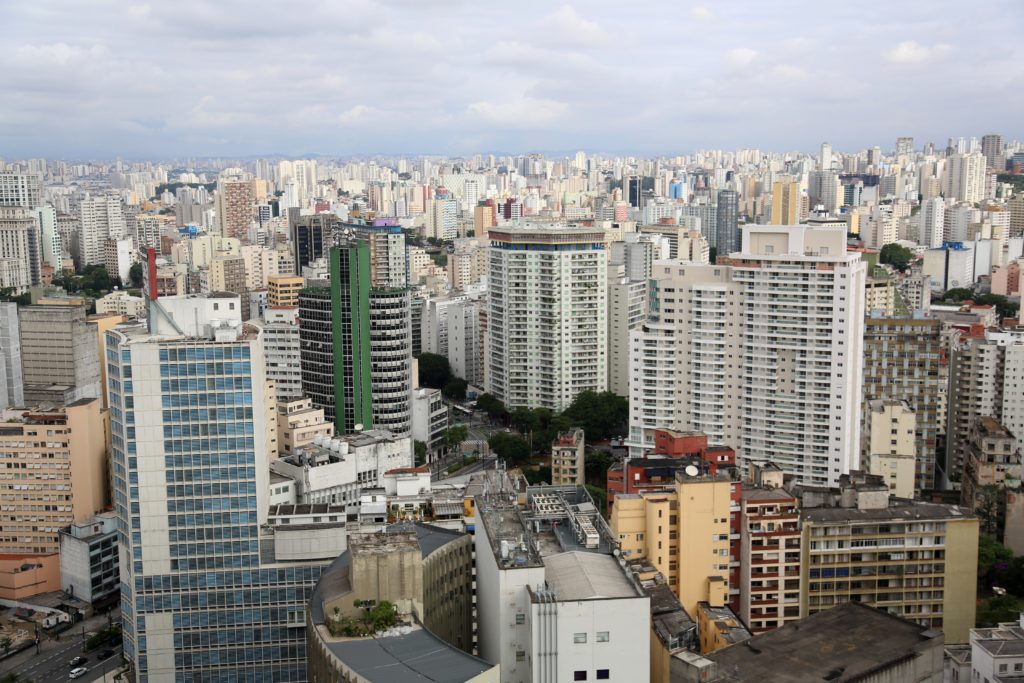Despite covering 70% of the Earth’s surface, water (especially drinking water) is becoming more scarce with every passing year. Only 3% of the world’s water is fresh.
Experts have been warning about water scarcity for many years, and for the most part, their pleas have gone unheard. Cape Town is on the brink of running out of water and will be the first major city to run out of water if Day Zero arrives.
Cape Town’s dams currently sit just below 25%, and urban water consumption reached all-time lows of 526-million litres a day over the past week.
But Cape Town is not alone. Around the world, over one billion people lack access to water and another 2.7-billion find water scarce for at least one month of the year. A 2014 survey of the world’s 500 largest cities estimates that one in four cities are in a situation of “water stress”.
According to UN-endorsed projections, global demand for fresh water will exceed supply by 40% in 2030, thanks to a combination of climate change, human action and population growth.
Here are the other 11 cities most likely to run out of water:
1. Sao Paulo
In 2015, Sao Paulo’s main reservoir fell below 4% capacity. At the height of the crisis, the city of over 21.7-million people had less than 20 days of water supply and police had to escort water trucks to stop looting.
2. Bangalore
The growth of new property developments following Bangalore’s rise as a technological hub has put a strain on the city’s water and sewage systems. To make matters worse, the city’s antiquated plumbing needs an urgent overhaul. A report by the national government found that the city loses over half of its drinking water to waste.
3. Beijing
Water scarcity is classified as when people in a determined location receive less than 1 000 cubic metres of fresh water per person a year. In 2014, each of the more than 20 million citizens of Beijing had only 145 cubic metres. China is home to almost 20% of the world’s population but has only 7% of the world’s fresh water.
4. Cairo
The River Nile is struggling. It is the source of 97% of Egypt’s water but also the destination of untreated agricultural, and residential waste.
5. Jakarta
Like many coastal cities, the Indonesian capital faces the threat of rising sea levels. In Jakarta, less than half of the city’s 10-million residents have access to piped water, and illegal digging of wells is rife. This practice is draining the underground aquifers, deflating them. As a result, about 40% of Jakarta now lies below sea level.
6. Moscow
One-quarter of the world’s freshwater reserves are in Russia, but the country is still plagued by pollution problems from the Soviet era. That is specifically worrying for Moscow, where the water supply is 70% dependent on surface water.
7. Istanbul
According to the Turkish government, the country is technically in a situation of a water stress, since the per capita supply fell below 1 700 cubic metres in 2016. Local experts have warned that the situation could worsen to water scarcity by 2030.
8. Mexico City
One in five Mexico City residents get just a few hours from their taps a week and another 20% have running water for just part of the day. The city imports as much as 40% of its water from distant sources but have no large-scale operation for recycling wastewater. Water losses are estimated at 40%.
9. London
With an average annual rainfall of about 600mm (less than the Paris average and only about half that of New York), London draws 80% of its water from rivers (the Thames and Lea). According to authorities, the city is pushing close to capacity and is likely to have supply problems by 2025 and “serious shortages” by 2040.
10. Tokyo
Rainfall in Tokyo is concentrated during just four months of the year. That water needs to be collected, as a drier-than-expected rainy season could lead to a drought. At least 750 private and public buildings in Tokyo have rainwater collection and utilisation systems. With more than 30-million people, Tokyo has a water system that depends 70% on surface water (rivers, lakes, and melted snow).
11. Miami
Florida is among the five US states most hit by rain every year. However, there is a crisis brewing in its most famous city, Miami. Because of an early 20th Century project to drain nearby swamps had an unforeseen result; water from the Atlantic Ocean has contaminated the Biscayne Aquifer, the city’s main source of fresh water.
Picture: Pixabay






